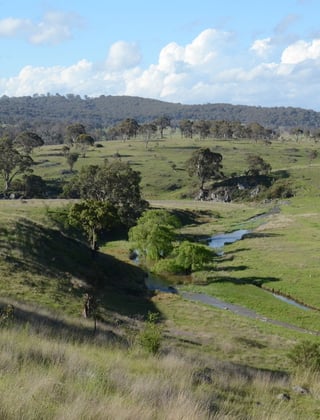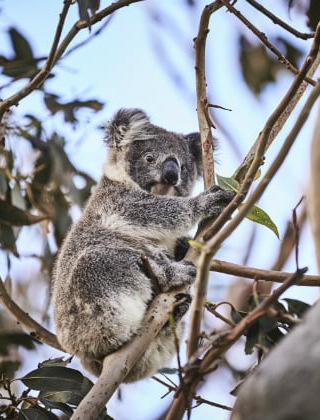Woolmark+ roadmap to nature positive future
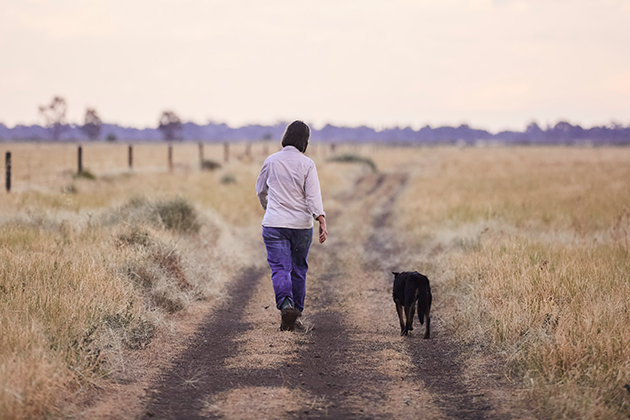
AWI owned The Woolmark Company, have unveiled a comprehensive new roadmap, known as Woolmark+, designed to help woolgrowers and supply chain partners accelerate the wool industry’s transition towards a ‘nature positive’ future.
"Woolmark+ is designed to position wool as not simply a fibre ‘from’ nature, but as a fibre ‘for’ nature,’ driving industry-wide opportunities and positive environmental outcomes for future generations.”
John Roberts, AWI CEO
Shifting consumer preferences towards low-impact products, coupled with new regulatory measures, are creating both opportunities and challenges for woolgrowers and brands. The Woolmark+ roadmap aims to support woolgrowers and their customers tap into the opportunities that are available to the wool industry.
Woolmark+ brings together a set of initiatives designed to support woolgrowers as they manage their natural assets for the benefit of their business, customers and the environment. The roadmap is designed to be solutions-focused, pragmatic and innovative.
“As consumer demand continues to grow for sustainable products, brands are being challenged to provide fabrics and garments that have a lower impact. Through Woolmark+, we are helping woolgrowers and the supply chain seize this opportunity to safeguard and support global market demand for high-quality wool,” said AWI CEO, John Roberts.
“As a renewable, biodegradable and recyclable fibre created in nature, wool inherently embodies circularity. And with woolgrowers setting global standards in low-impact production, this places the wool industry in a unique position to lead the global shift towards a more nature positive future.
“Furthermore, at a time when ‘carbon tunnel vision’ is causing unintended consequences for nature and livelihoods, Woolmark+ aims to move the conversation beyond the focus on carbon and net zero targets towards nature positive, to ensure woolgrowers’ commitments to nature are recognised and supported.”
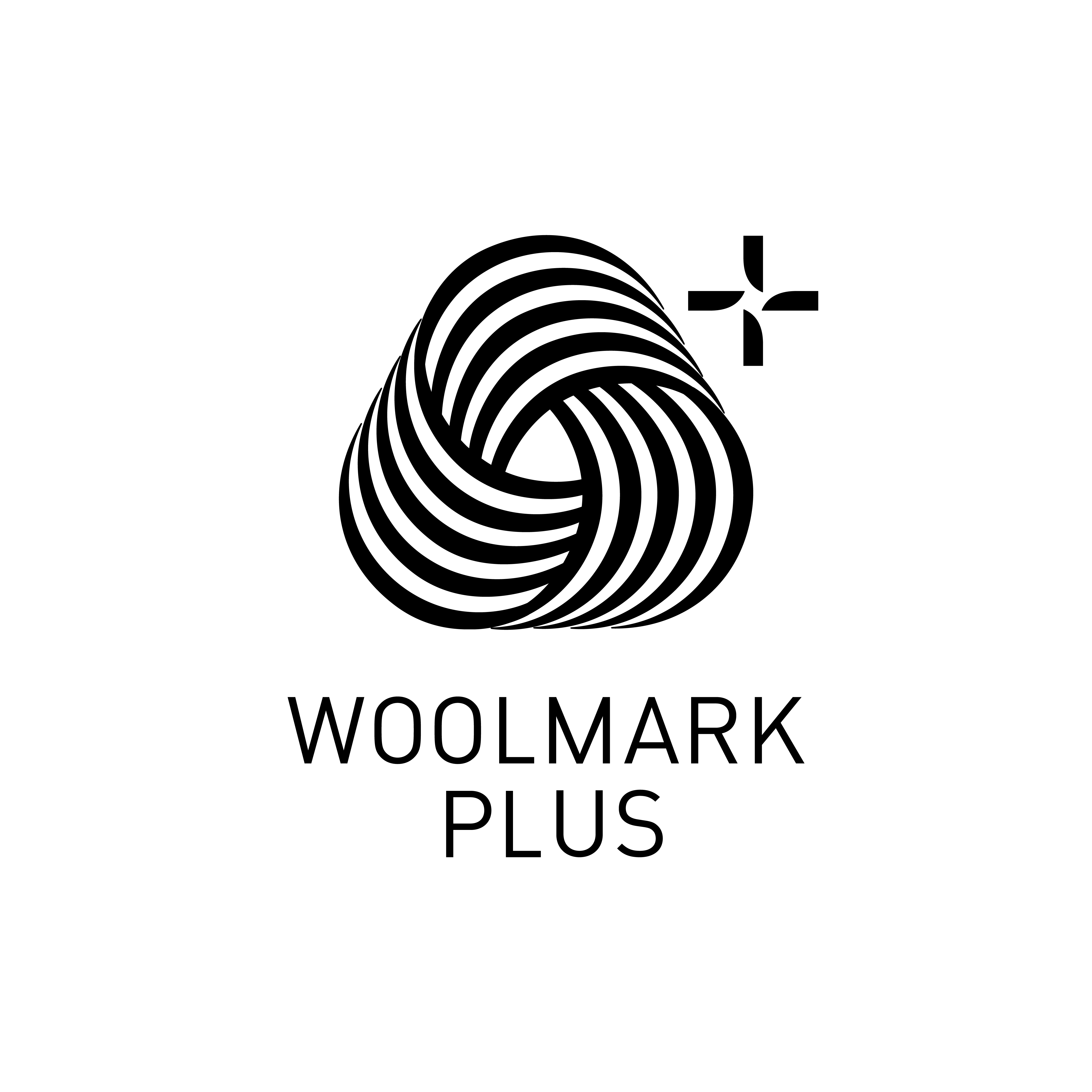
Benefits of Woolmark+ for woolgrowers
Engaging in the Woolmark+ programs will help Australian woolgrowers to optimise nature positive practices on their farms and maximise the benefits, including:
- Market access – Being able to showcase nature positive practices will enhance the reputation of Australian wool and increase access to market opportunities, both for individual woolgrowers and for the industry as a whole.
- Increased productivity – Nature positive farming practices can enhance agricultural productivity and ensure long-term sustainability.
- New income streams – As demand continues to grow for more sustainable products and climate-positive solutions, this will drive diversified revenue streams and a more stable business outlook for woolgrowers.
- Future generations – By supporting sustainable livelihoods, we can safeguard wool-growing now and into the future.
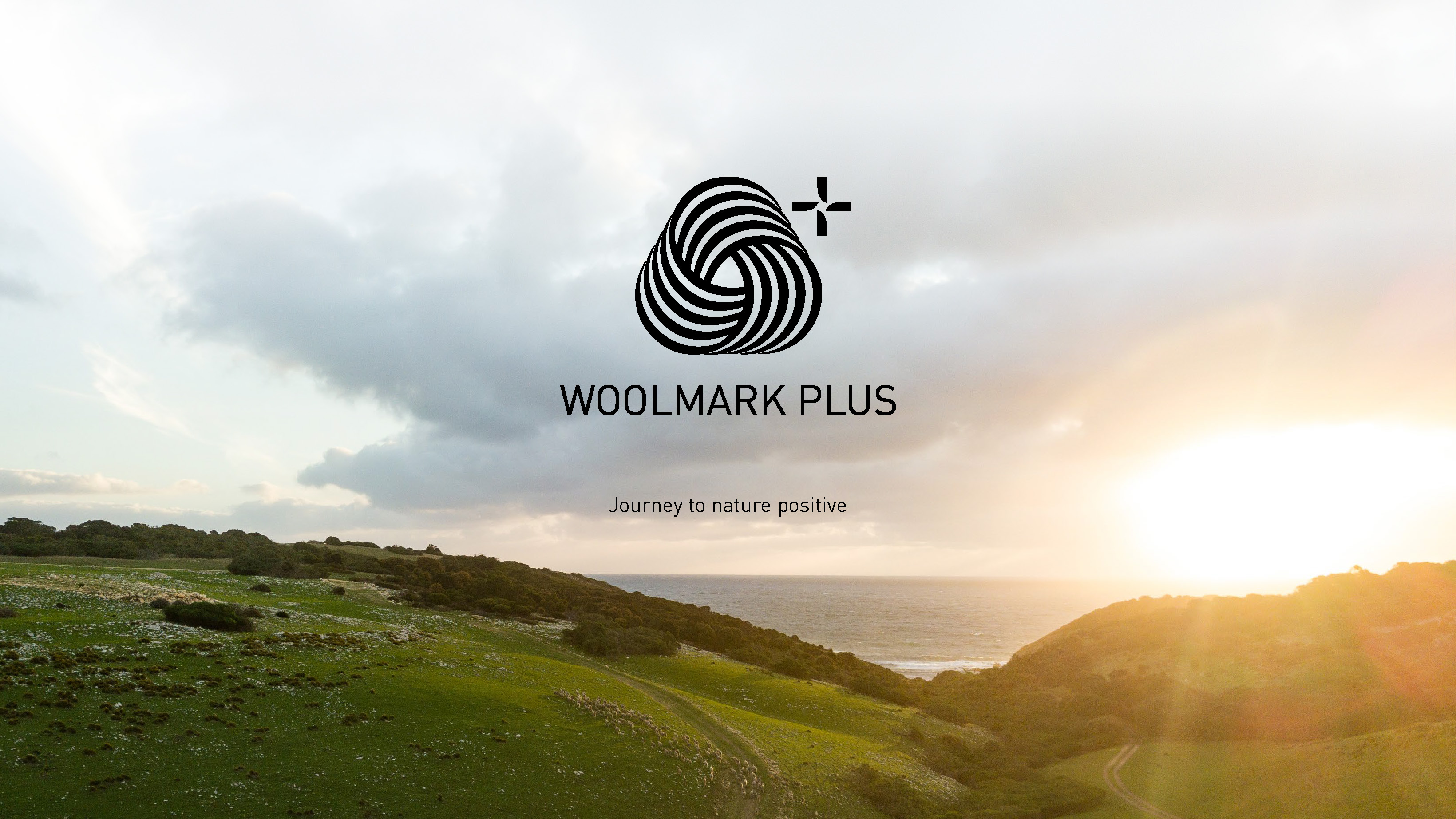
Download the Woolmark+ roadmap at www.wool.com/woolmarkplus
Opportunities for wool
Woolmark+ identifies the following five opportunities that the wool industry can capitalise on to ensure it thrives into the future:
1. Regenerating nature – Woolgrowers are responsible for safeguarding their land and sheep, giving the fibre a connection to nature that fossil fuel materials like polyester will never have. When managed properly, sheep can regenerate the land on which they graze. and wool-growing properties can increase their capacity to support rich ecosystems and carbon storage.
2. Emissions mitigation – Wool-growing properties have the potential to offer nature-based solutions that deliver cost effective greenhouse gas mitigation, by reducing emissions, such as through increasing flock productivity, or by carbon sequestration and storage, such as by improved management of soil organic matter and tree planting.
3. Transparency and traceability – The wool industry has introduced new initiatives in response to a shift in demand for more transparent, traceable products. These initiatives include the new Australian Wool Traceability Hub, on-farm and supply chain certifications, and industry reporting through the Sheep Sustainability Framework.
4. Advancing circularity – In contrast to synthetic fibres, wool fits into a circular model of production that minimises waste and pollution. As well as being a renewable and biodegradable fibre, wool garments are on average kept in use for longer periods of time than garments made from other fibre types, and wool is the most recycled fibre.
5. Collaborative investment – Woolgrowers can’t be green if they’re in the red. Significant pools of capital are being directed toward nature stewardship activities globally from grants through to venture capital. Investing in nature-based solutions in the wool industry offers a combination of financial, environmental, and social benefits, making it a compelling choice for forward thinking investors.
What are the Woolmark+ initiatives?
The Woolmark+ roadmap has three overarching objectives, with a series of 13 initiatives that woolgrowers, the wool supply chain and brands can explore for enhancing biodiversity, reducing emissions and realising financial and operational benefits.
The first three initiatives below are currently undergoing investigation and AWI is seeking feedback from all stakeholders into their development. The other ten initiatives are already proceeding, highlighting the journey to nature positive has been long underway for the wool industry.
Accelerate nature positive production |
|
1. Insetting program This program aims to create the foundation of an Australia-wide wool insetting market, connecting global fashion brands looking to meet scope 3 emissions targets with Australian woolgrowers to jointly deliver on farm emissions reductions and removals projects. |
|
2. Nature positive impact program This program will connect investors with independent programs at leading institutions, presenting a portfolio of investment opportunities spanning across research, development, education and conservation, to accelerate a nature positive future. |
|
3. Nature positive farming specification This program will develop science-based, practical metrics for assessing and reporting on environmental outcomes on wool farms for woolgrowers, on-farm certification schemes and brands. |
|
4. Methane Emissions Reduction in Livestock A collection of nine research and development projects working towards identifying and assessing strategies to reduce emissions from grazing sheep using feed additives. |
|
5. Carbon storage on wool farms Research and training to support Australian woolgrowers understand and take up profitable and sustainable pathways to reduce carbon emissions and increase carbon storage in soil and vegetation. |
|
6. Enhanced sheep productivity and profitability The 10-year Merino Lifetime Productivity research project has captured sheep data from different environments, genetics and Merino types to improve productivity and profitability, through increased feed efficiency, resilience, survival and lower methane. |
Deliver the circular fibre of choice |
|
7. Woolmark quality assurance program Continuing to uphold wool quality standards and promote long-lived products. |
|
8. Woolmark recycled wool content specification The Woolmark Certification Program has been extended to include a specification to quality test and certify products with recycled wool content. |
|
9. Removing chemicals of concern in the supply chain Working with the Woolmark licensee network to understand where chemicals of concern are still in use in wool manufacturing and phase these out. |
Support thriving flocks and communities |
|
10. Traceable wool production Provide directories on woolmark.com for Australian woolgrowers and Woolmark licensees to report on their sustainability commitments, helping brands and retailers access more transparent information on sustainable wool production. |
|
11. New environmentally friendly pest and disease management solutions Research into new bio-rational pesticides to manage pests, reduce residue and environmental impact, and deliver extended periods of protection. |
|
12. Supporting woolgrowers to manage flystrike An extension program to support woolgrowers to manage flystrike and reduce reliance on mulesing, along with a framework to support woolgrowers seeking to transition away from mulesing and proactively engage brands and industry stakeholders to align support and approach. |
|
13. Enhancing ewe and lamb wellbeing A combination of research and education projects are helping Australian woolgrowers implement best practice management for lambing. |
More information:
This article appeared in the September 2024 edition of AWI’s Beyond the Bale magazine. Reproduction of the article is encouraged.







